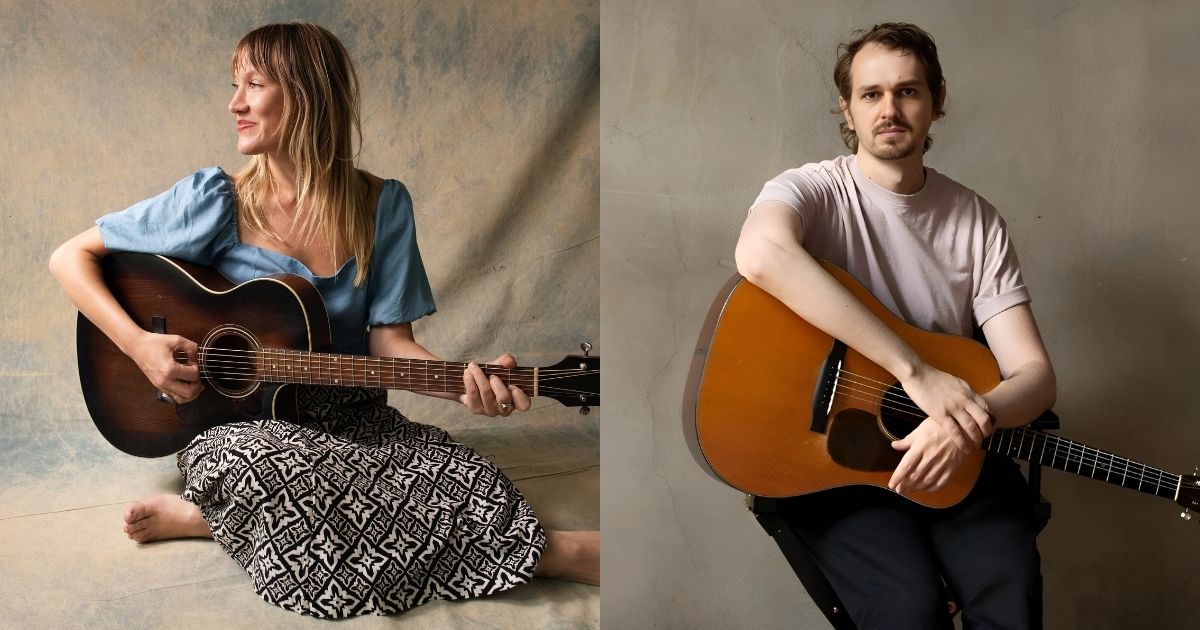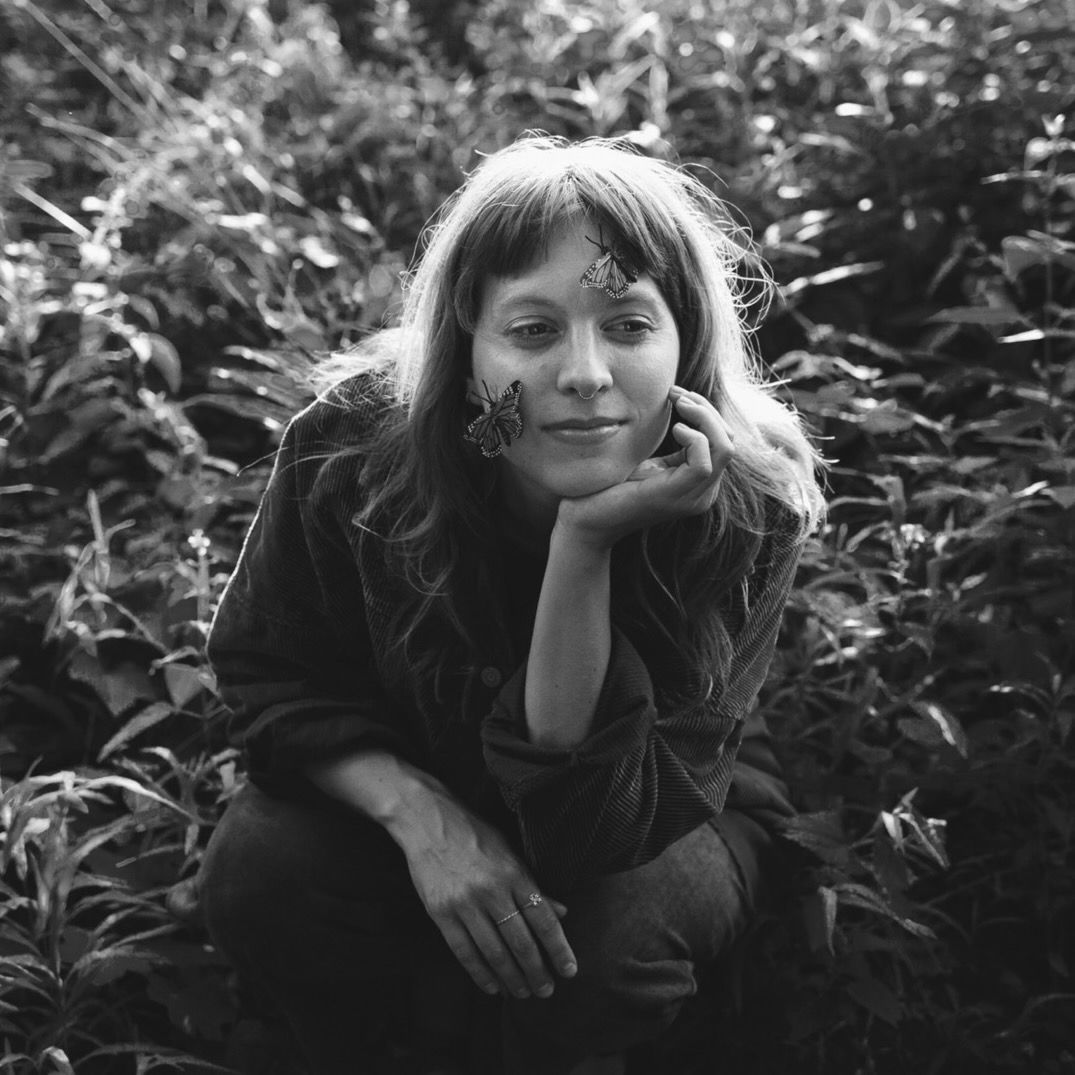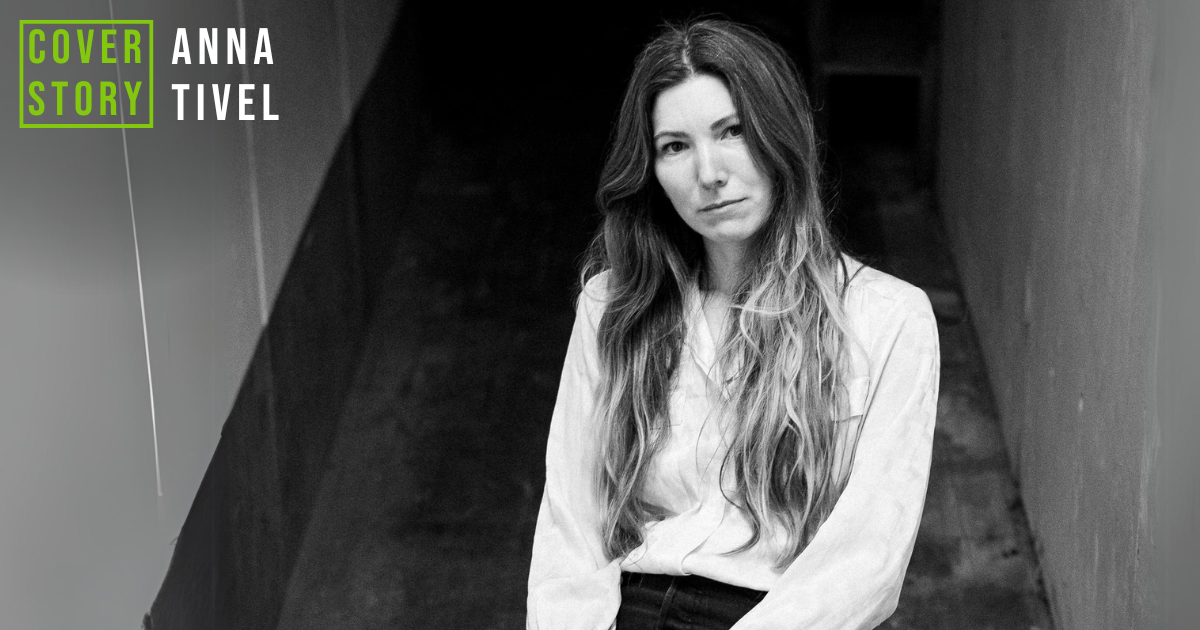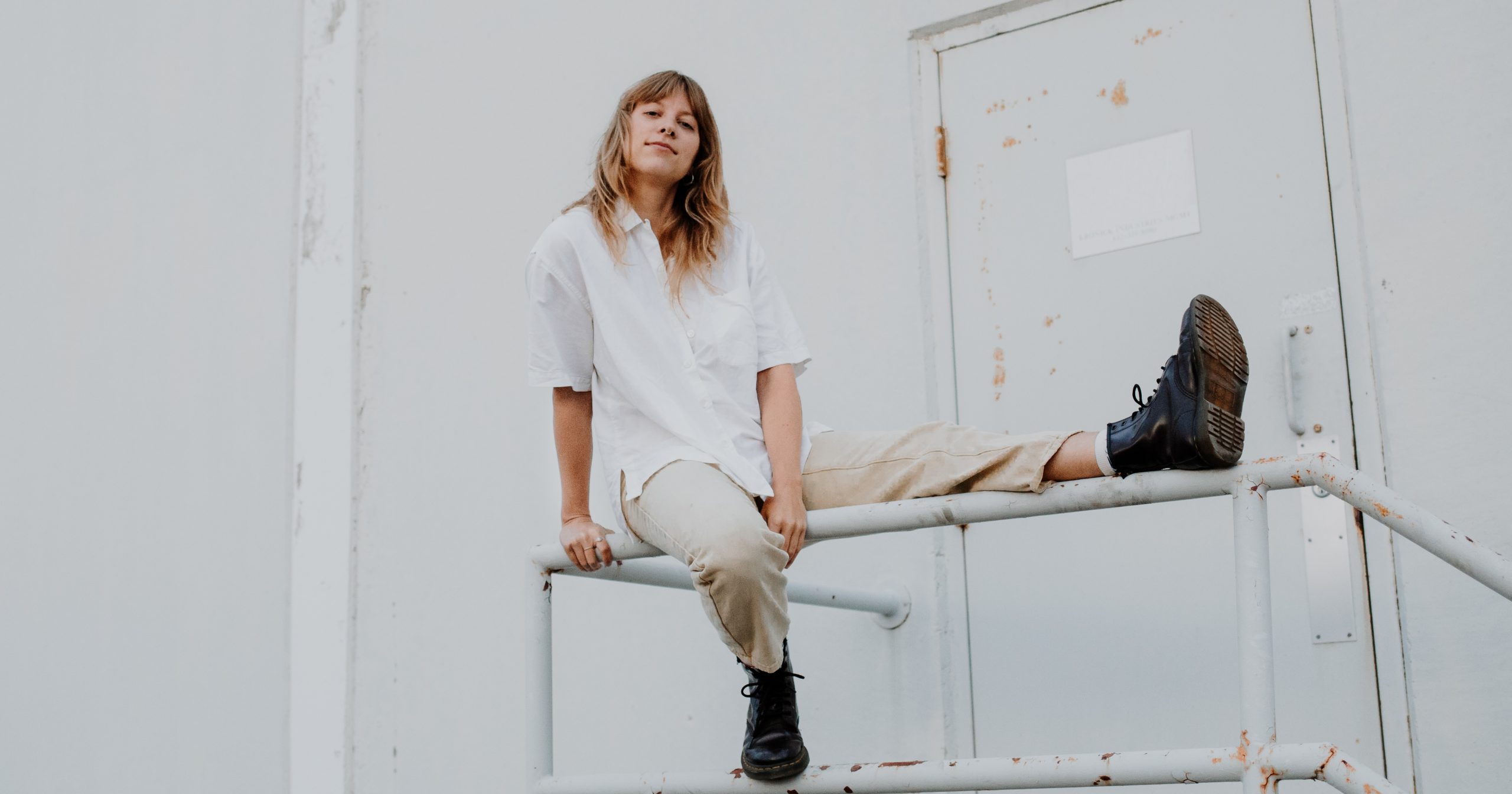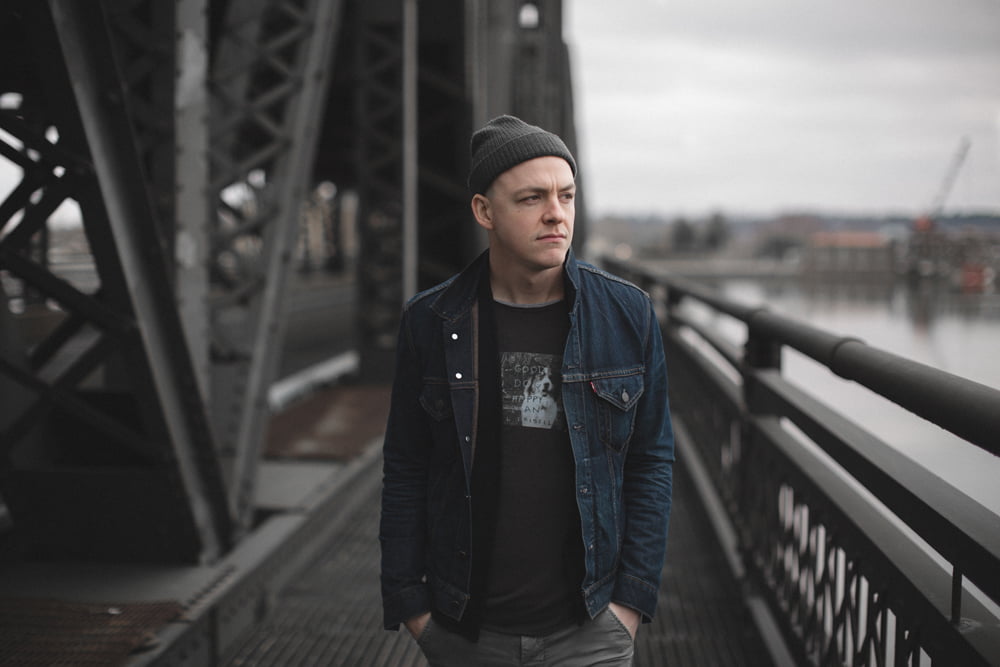You’ve reached the end of the week and, for your reward, we’ve collected a superlative handful of brand new videos, visualizers, and songs from roots music spheres.
Kicking us off, actor and indie-folk singer-songwriter Katie Boeck puts yearning “almost-love” in the spotlight with “Dust.” It’s a lovely, contemplative track that showcases that Boeck is equally at home in indie-tinged Americana as she is on a Broadway stage. Continuing in a similar context, with tender harmonies and fingerpicking as a sound bed Canadian folk duo Ocie Elliott also consider the messy, uncertain, shifting sands of loving someone and the circular nature of giving of yourself to another in that most intimate way.
Guitarist and composer Ben Garnett announced his upcoming sophomore album earlier this week. Kite’s Keep arrives in October, heralded here with the first single, “Look Again,” and a live performance video of the bustling, prismatic track featuring Brittany Haas on fiddle and Ethan Jodziewicz on bass. It demonstrates the consistently thoughtful and outside-the-box approach Garnett takes in crafting solo acoustic guitar music that bridges jazz, bluegrass, new acoustic, and more.
The Far West, Los Angeles-based country strutters, tapped Dave Alvin as a guest for their brand new track, “Hope I Don’t Bleed.” Dropping next week on August 22, you can get a sneak preview of the vibing, psychedelic LA-canyons-via-swampy-bottoms tune below. And, wrapping us up, singer-songwriter Jon LaDeau draws inspiration from a long New York City to Bristol, Tennessee, drive with “East Tennessee Wrecker.” He’s joined by Emily Jackson on the new single and performance video, which features a lovely stripped down version of the track, unadorned and shining.
Whatever your favorite flavor of country, folk, and roots music, there’s something for you to enjoy herein. You Gotta Hear This!
Katie Boeck, “Dust”
Artist: Katie Boeck
Hometown: San Luis Obispo, California
Song: “Dust”
Release Date: August 15, 2025
In Their Words: “‘Dust’ came out of the ache of almost-love – the kind where someone lingers near your heart, but never fully arrives. I was thinking of the tortoise and the hare, but as a metaphor for emotional pacing between two people. It began as an ultimatum, but ended as an acceptance of what is – without clinging to what could’ve been. I recorded it with Shane Leonard (Anna Tivel, Humbird), a producer I’ve long admired, at his studio in Eau Claire, Wisconsin, live to tape, which was my first experience in that setting. Creatively, it was also an exercise in letting something be what it was in that moment, without all the modern temptations and expectations of perfection.” – Katie Boeck
Track Credits:
Katie Boeck – Vocals, guitars, songwriter
Joe Westerlund – Drums
Pat Keen – Bass
Paul Brandt – Keys
Shane Leonard – Drums, producer, mixing, mastering
Video Credit: Bella Mazzola, Twin Lantern Productions
Ocie Elliott, “By The Way”
Artist: Ocie Elliott
Hometown: Victoria, British Columbia, Canada
Song: “By The Way”
Album: Bungalow
Release Date: August 15, 2025 (single); October 24, 2025 (album)
Label: Nettwerk Music Group
In Their Words: “‘By The Way’ is a song about the beautiful mess of loving someone – choosing love not just in spite of challenging dynamics, but because of them. It’s a recognition that no matter how fleeting and uncertain the unfolding of a story may be, love is the constant that it always circles back to. The song was written after many months away on tour and it was one of the first melodies and chord progressions that came to me once I delved back into writing. Sometimes songs take a while to come into being, but this was one of those tunes that arrived almost fully formed.” – Jon Middleton
The Far West, “Hope I Don’t Bleed”
Artist: The Far West
Hometown: Los Angeles, California
Song: “Hope I Don’t Bleed” featuring Dave Alvin
Album: Everything We Thought We Wanted
Release Date: August 22, 2025 (single); September 26, 2025 (album)
Label: Blackbird Record Label
In Their Words: “I’d been kicking this one around for years, but could never find the arrangement I wanted to suit the lyrics. Aaron, Robert, and Brian really found the swampy vibe I couldn’t seem to. The bass puts this right in the pocket it needed to be, and having Dave Alvin tear a white-hot solo through it made it complete.
“Dave played this solo though my amp, which is a special little factoid for me. The amp is now blessed. My little Fender only has a volume and tone knob, and I used to tape the volume knob down at shows because the vibration of the amp would cause it to turn itself up as it rattled. I took the tape off in the studio. Dave likes things loud and either the amp turned itself up to 10 or he did, either way each take got louder.
“You can hear the amp being pressed to its absolute limit. I know he’s blown some bigger amps on stage, I was surprised my little amp survived. A few months after he laid down this solo, I saw him at the Astro Diner and mentioned we were listening back and ‘we think the amp turned itself up on you during the session’… he just looked at me and said, ‘No it didn’t.’ Anyway, this one is simply about being afraid of experiencing pain at death.” – Lee Briante
Ben Garnett, “Look Again”
Artist: Ben Garnett
Hometown: Nashville, Tennessee
Song: “Look Again”
Album: Kite’s Keep
Release Date: August 12, 2025 (single); October 10, 2025 (album)
Label: Padiddle Records
In Their Words: “‘Look Again’ is the first track on my sophomore studio album, Kite’s Keep. The album title loosely refers to this idea of a child’s inner world – a dreamscape where each song represents a different vignette of imagination.
“With ‘Look Again,’ I wanted the music to feel prismatic. As if to suggest an imaginative universe emerging from an ordinary one. I was interested in exploring, in musical terms, the idea that perception is never fixed. Like the old saying goes, ‘You never step in the same river twice’ – one also never sees the same thing twice. Any time we return to anything, it’s always different, with all things constantly in motion.
“On top of this, I had the immense joy of working with two musicians I deeply adore: Brittany Haas on fiddle and Ethan Jodziewicz on bass. Their performances brought the track to life in ways I couldn’t have imagined.” – Ben Garnett
Track Credits:
Ben Garnett – Guitar
Brittany Haas – Fiddle
Ethan Jodziewicz – Bass
Video Credits: Tessa Cokkinias – Cinematography
Ben Garnett – Video
Jon LaDeau, “East Tennessee Wrecker”
Artist: Jon LaDeau
Hometown: Brooklyn, New York
Song: “East Tennessee Wrecker” featuring Emily Jackson
Album: Chateau LaDeau
Release Date: August 22, 2025
Label: Adhyâropa Records
In Their Words: “‘East Tennessee Wrecker’ is a song that has been picking at me for a long time. Several years ago, I was traveling with my band from Brooklyn, NY to Bristol, TN to play at the Bristol Rhythm and Roots Reunion. It’s about a 10-hour drive and for some reason our navigation system was counting down the hours until we arrived at East Tennessee Wrecker. We didn’t know what that was, but discovered upon arriving in the area that it was a towing service that I believe has since changed names. For some reason that title got imprinted in my mind and as time went by the structure of a song began to reveal itself.
“I recorded the guitars, bass, and drums in my studio in Brooklyn and when the music felt right, I was lucky to have Emily Jackson come by and sing a duet with me to tie it all together. We sang together live into one mic and that’s what you hear on the album. I brought this version of the song to David Butler and he fleshed out the arrangement by adding a second drum set, a drum machine, and some sparse keyboard stuff. I’m really happy with how this one came out and I feel lucky that D. James Goodwin was available to really bring the performances we captured to their full sonic potential by mixing and mastering.
“At the heart of the song it’s really just acoustic guitar and vocals, so I wanted to capture a stripped down version as well. Aaron Cassara filmed Emily and I singing it at The Scratcher here in the East Village, NYC. I’ve been very fortunate to work out a lot of my songs here over the years during their Sunday night music series so it felt natural to capture a version of the song in the same way you would hear it live in a room that means so much to me. This song seems to reinforce the feelings of connection I have to my community. I hope that it lifts up anyone who gives it a listen.” – Jon LaDeau
Photo Credit: Katie Boeck by New Norm Studios; Ben Garnett by Natia Cinco.
